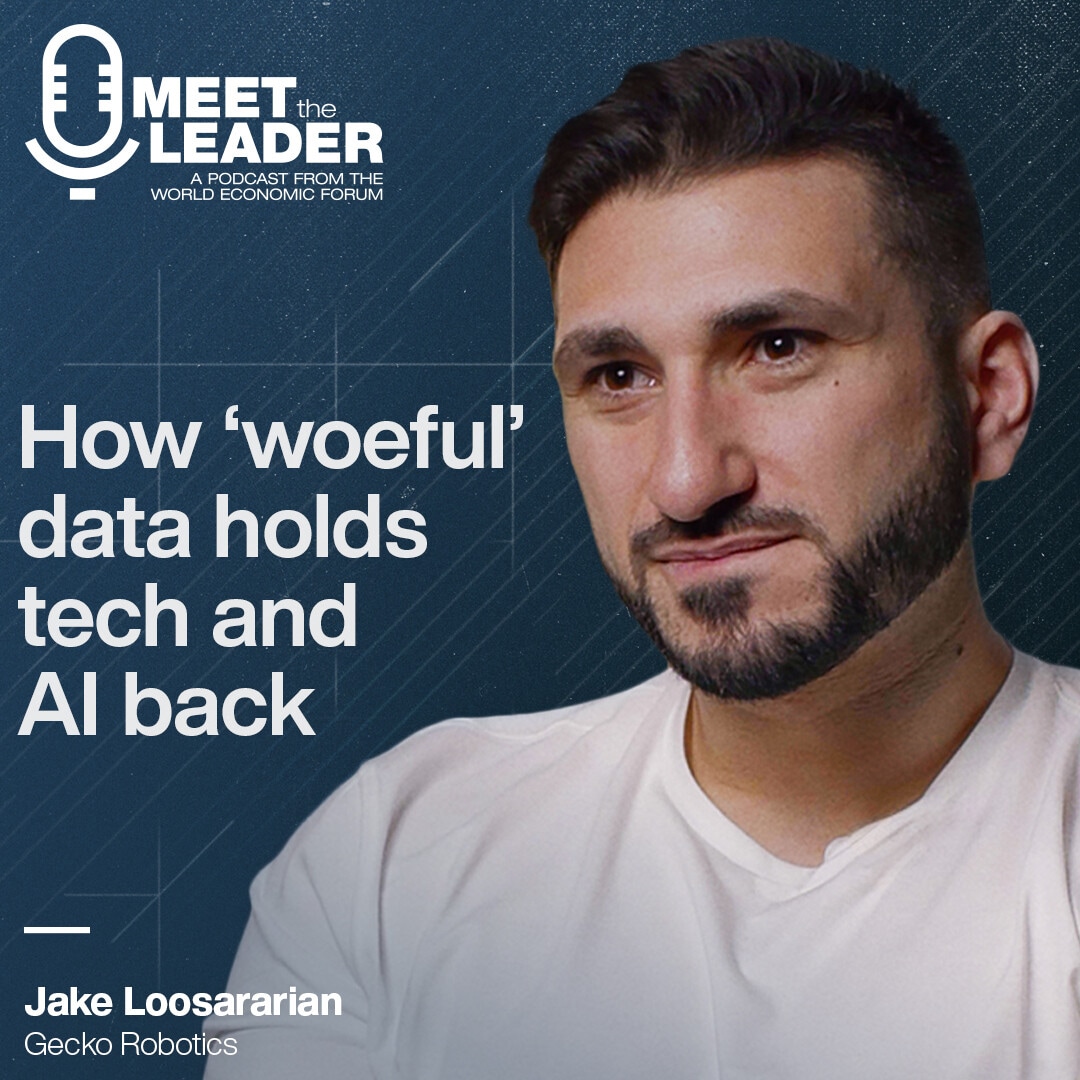Let’s end the digital confusion
Stay up to date:
The Digital Economy
How many times have you had executive meetings where everyone walked in with a different view of what “digital” means? How much time is spent trying to understand how digital projects fit together? It happens way too often, and the latest buzzwords don’t help. The biggest problem with this communications breakdown is that without a common and clear understanding of what “digital” is, it’s very hard to come up with practical solutions. People will leave a meeting thinking they understand what needs to be done but actually misunderstanding each other. The result? Faulty strategies, misguided tactics … and more meetings.
Here is a simple starting point that totally changed both the tone and focus of the conversations I have had with senior leadership teams. That starts by having a clear vision of the essence of what “digitally-native” companies that succeed have done well. And that often comes down to creating a virtuous cycle that grows in scale and value over time. In this sense, then, “digital” is a cycle.
- Opening more routes for customers to INTERACT with the brand, ideally through channels they control, so the variable costs of each interaction are minimal, and the customer sees better ways of pursuing the journey they desire
- Those journeys (to buy something, learn about something, experience something) are what a brand has to get done and deliver on. Getting that stuff done requires AUTOMATION that digitizes the end-to-end process, facilitating real-time and trackable interactions that can scale at a low cost
- That automation generates an exhaust of information to fuel PRO-ACTIVE INTELLIGENCE that can optimize these interactions, anticipate needs, respond faster, and personalize the experience
- This intelligence becomes an accretive asset on top of which you can INNOVATE by establishing fast feedback cycles. This innovation leads to the creation of new experiences and businesses that add value to the user, leading them to interact with the brand even more, and uncovering new journeys they can pursue
Supporting this process is an organizational culture and operating models that encourage a cross-functional, fast-cycle approach needed to make this happen and find the talent that is attracted to this sort of iterative impact.
Adding more interaction points (social, mobile, and sensors) to support the customer – both in person and online – leads to a more complex digital cycle. Therefore, you need to ruthlessly prioritize the journeys you want to enable, and invest in the infrastructure for analytics and process execution.
When traditional companies try to make the pivot to become more digital, they tend to pursue many of the four elements of the cycle, but they do so as a list of independent parts. They have all kinds of projects going on to automate some processes, build a new analytic data warehouse, create an innovation lab, or roll out mobile apps. BUT too often, it really is a list of disconnected endeavors, so it is impossible to get the scalability and network effect from growing one’s interactions and data assets. “Digital” should be a deliberate strategy to build the cycle. This requires ore design-oriented thinking that looks to enable the complete customer journey. Building value for the business is based on building value for the customer as a cycle of growth.
Our sense is that the Chief Digital Officer is likely a temporary but necessary role to catalyze and coordinate this cycle of growth by forcing the tough decisions on what to pursue. Of course, the CDO needs the authority to make the changes needed to turn initiatives into the core way of operating. It is a big job, and too often, from the discussions I have had, becomes just a project portfolio manager focused on elements of “digital” instead of a true change agent who builds an engine for “digital” growth.
So how do you describe your digital value cycle? Do customers really experience it? Are your investments and operations making it happen?
This article is published in collaboration with LinkedIn. Publication does not imply endorsement of views by the World Economic Forum.
To keep up with Forum:Agenda subscribe to our weekly newsletter.
Author: David Edelman is a contributing writer for LinkedIn.
Image: A man types on a computer keyboard in Warsaw in this February 28, 2013 illustration file picture. REUTERS.
Don't miss any update on this topic
Create a free account and access your personalized content collection with our latest publications and analyses.
License and Republishing
World Economic Forum articles may be republished in accordance with the Creative Commons Attribution-NonCommercial-NoDerivatives 4.0 International Public License, and in accordance with our Terms of Use.
The views expressed in this article are those of the author alone and not the World Economic Forum.
Forum Stories newsletter
Bringing you weekly curated insights and analysis on the global issues that matter.
More on Emerging TechnologiesSee all
Jon Jacobson
August 14, 2025
Ruti Ben-Shlomi
August 11, 2025
David Timis
August 8, 2025
António Costa
August 6, 2025
Samuel Alemayehu
August 5, 2025






